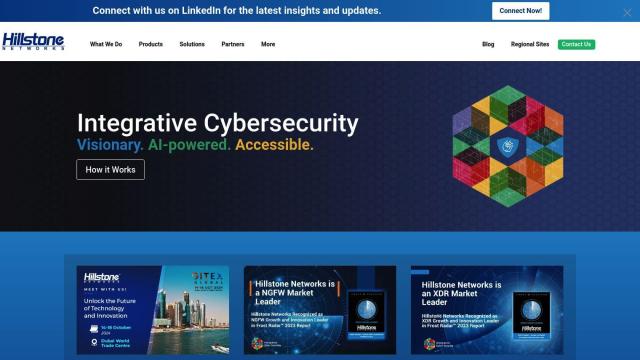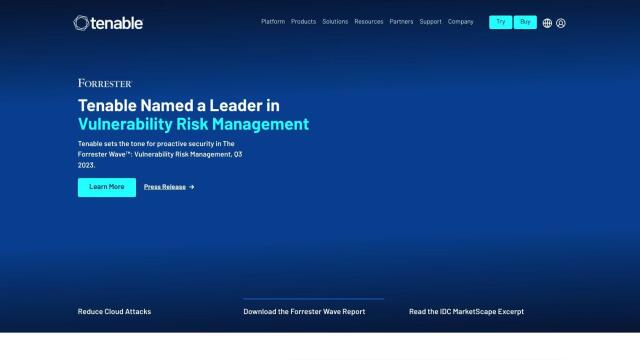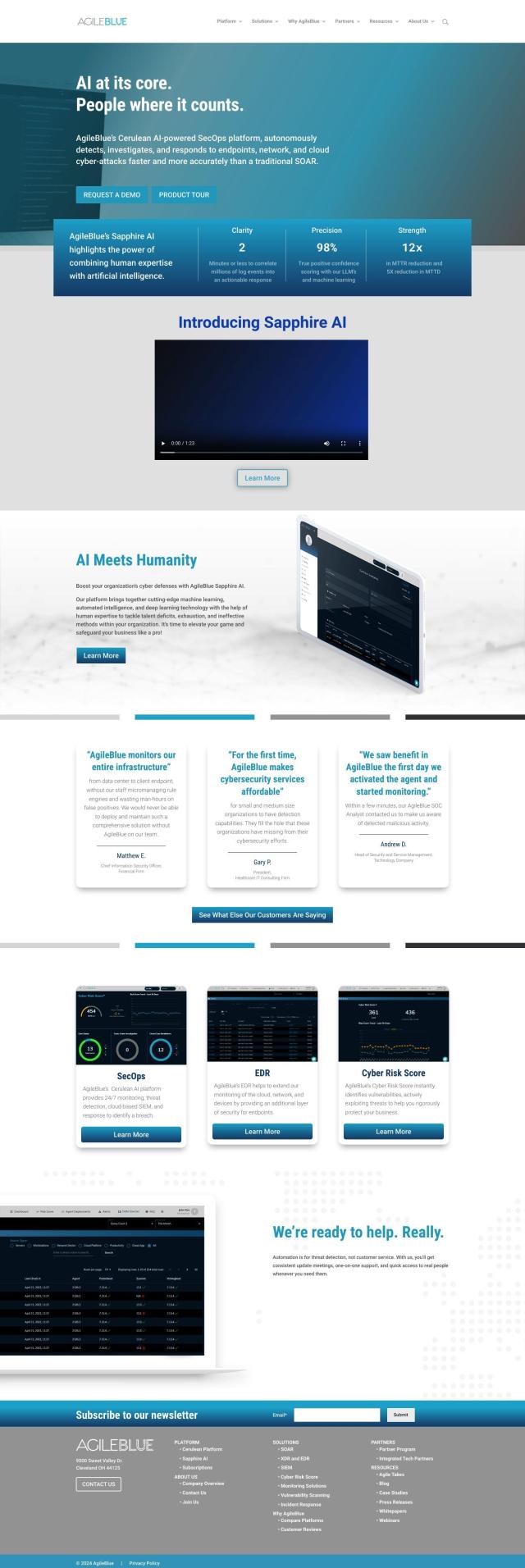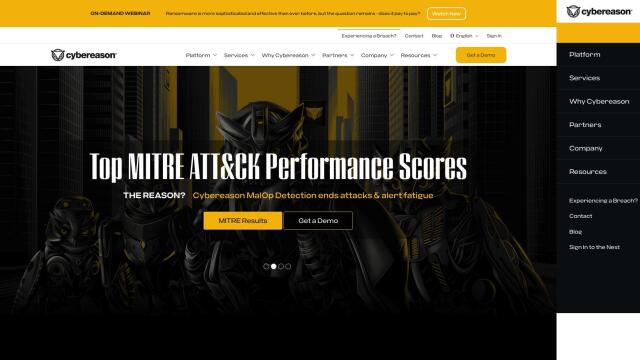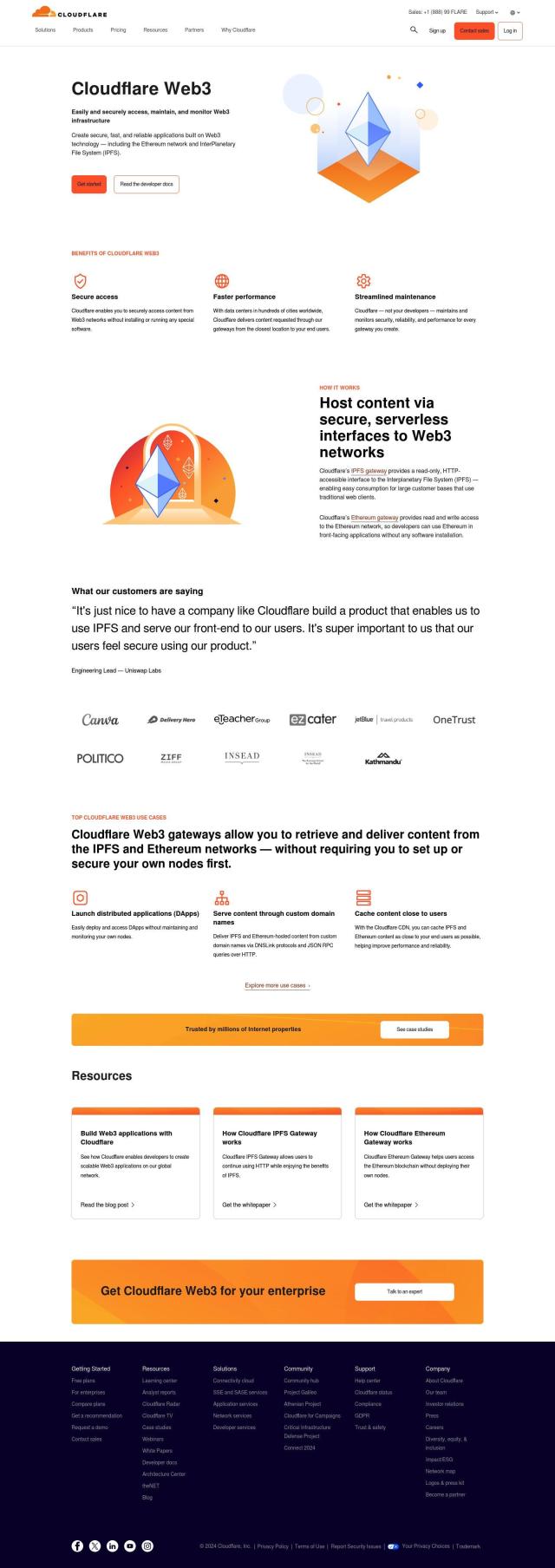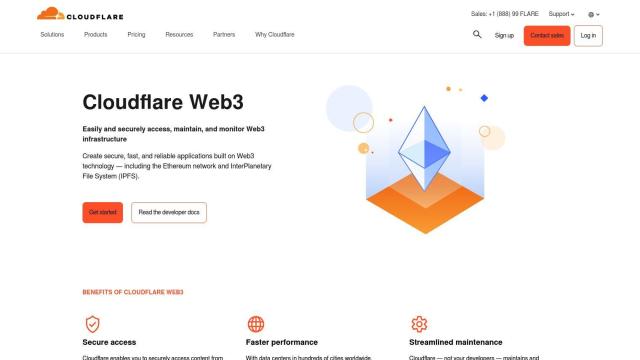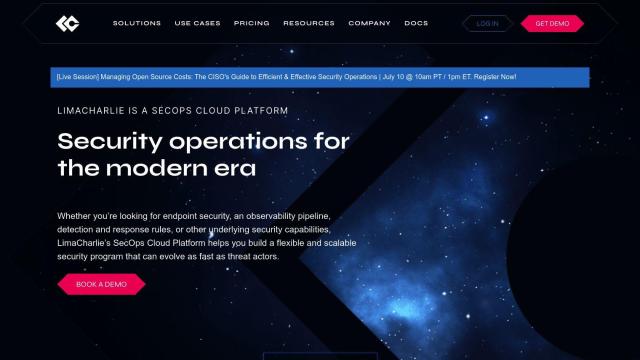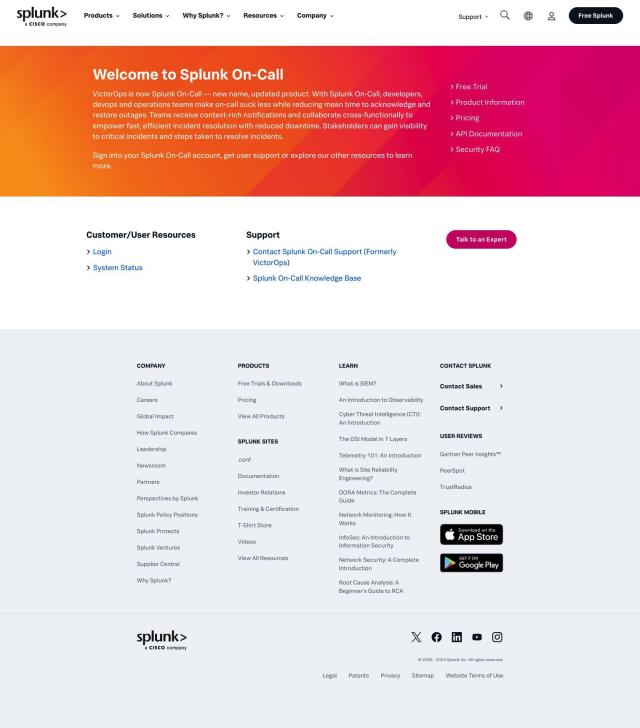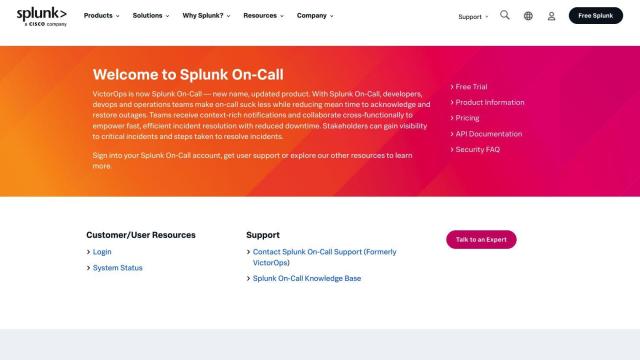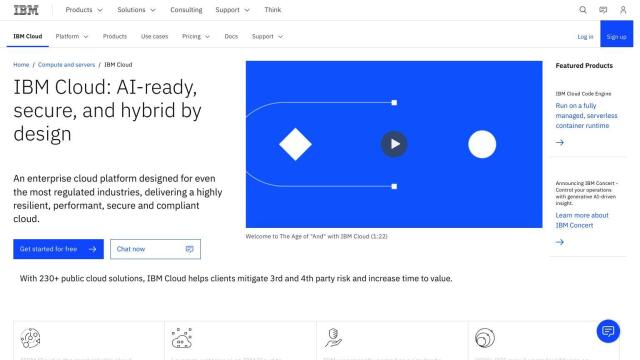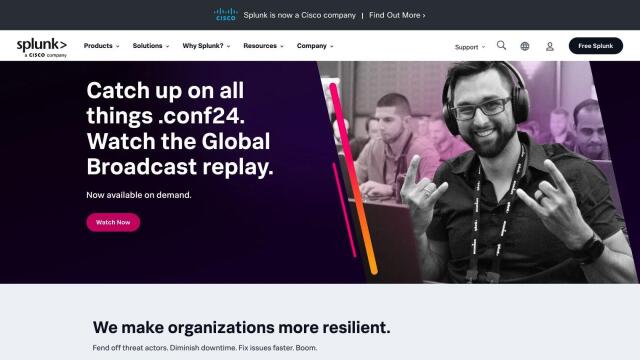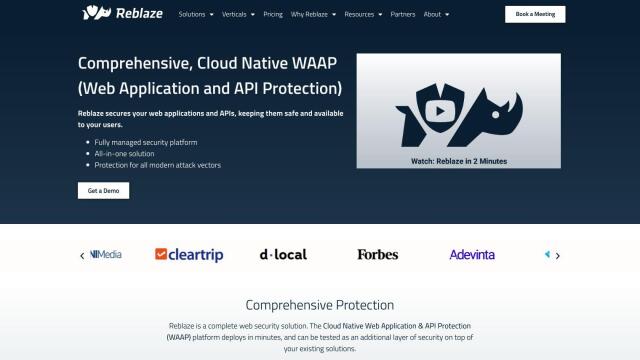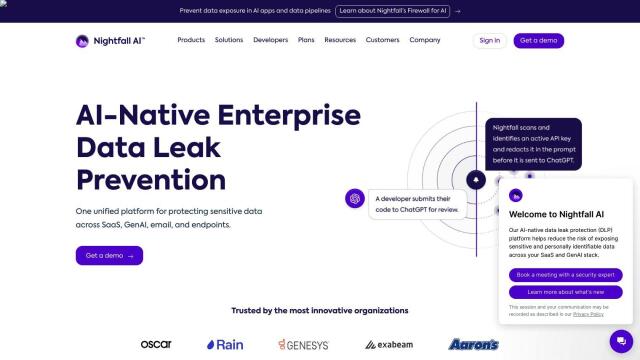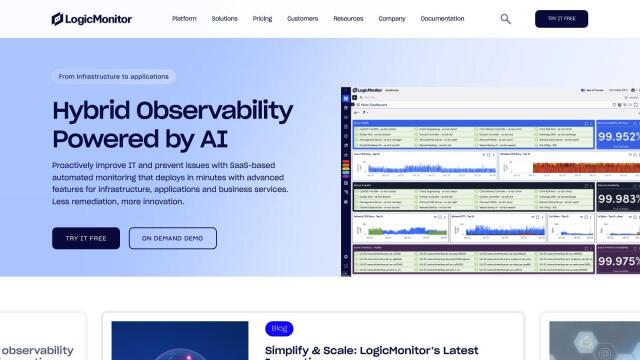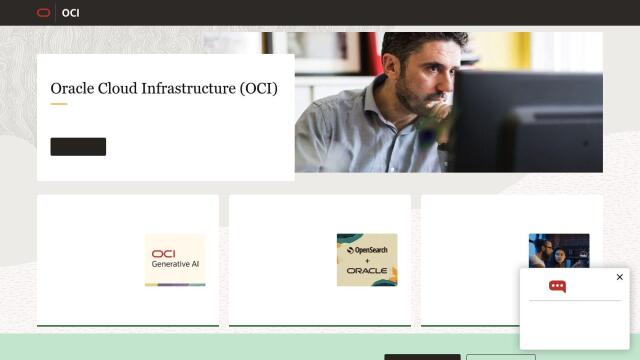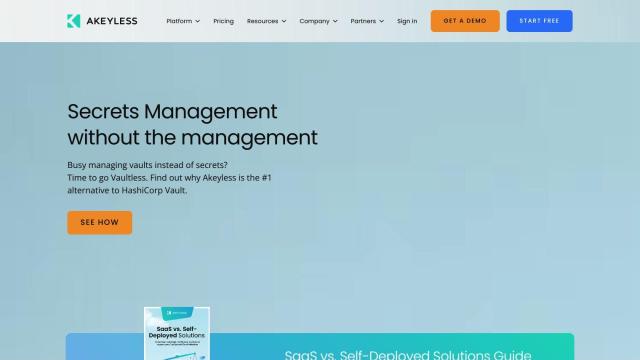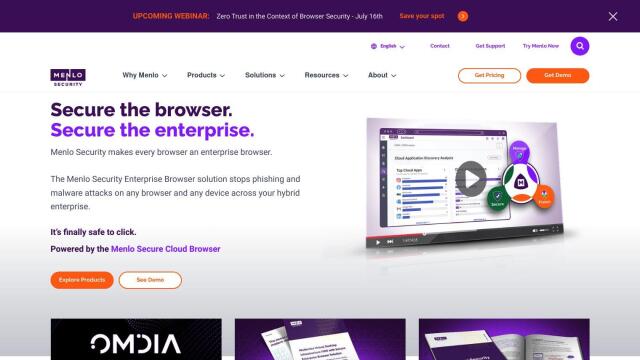Question: I need a cloud workload protection solution that can protect my workloads wherever they run, from bare-metal hosts to serverless deployments.

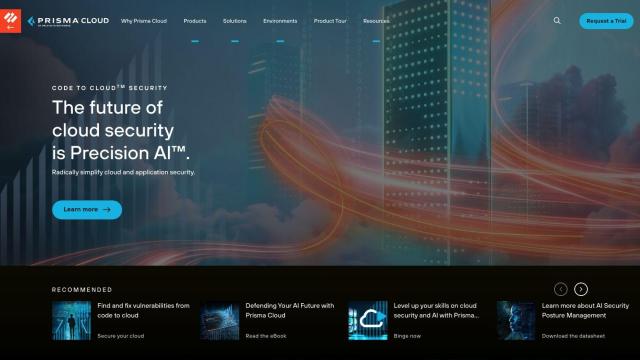
Prisma Cloud
If you're looking for a full cloud workload protection solution that can guard your workloads regardless of where they're running, from bare-metal hosts to serverless code, Prisma Cloud is a strong contender. It's a Cloud Native Application Protection Platform (CNAPP) that provides real-time visibility and control across public cloud environments, covering hosts, containers, Kubernetes and serverless functions. Prisma Cloud uses Precision AI to detect threats in real-time and scans infrastructure as code, container images and data used to train AI models. It supports the big public clouds, including AWS, Google Cloud, Microsoft Azure, Alibaba Cloud and Oracle Cloud Infrastructure.

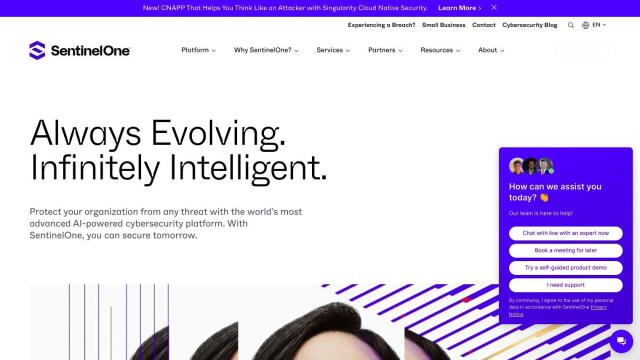
SentinelOne
Another strong contender is SentinelOne, which offers a single solution for endpoint, cloud, identity and data protection. That includes next-gen EPP, EDR and XDR tools for endpoint security and real-time cloud workload protection. SentinelOne also offers 24/7 threat hunting and managed services, and is a good option for organizations that want a more comprehensive cybersecurity solution. It's available in several pricing tiers depending on your security needs, and has received industry recognition for its success.

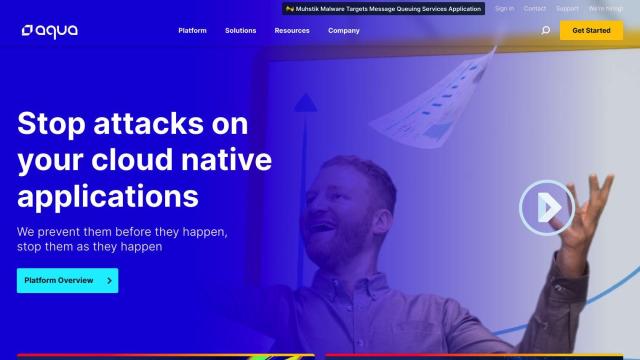
Aqua
For those who want to go cloud native, Aqua offers a full cloud native security platform that integrates with container platforms like Kubernetes, Docker, OpenShift, Fargate, Lambda and more. Aqua guards cloud native applications from development to production with features like event-based scanning, genAI security and automated devsecops. It works in a variety of environments, including AWS, Google Cloud, OpenShift and VMware Tanzu.

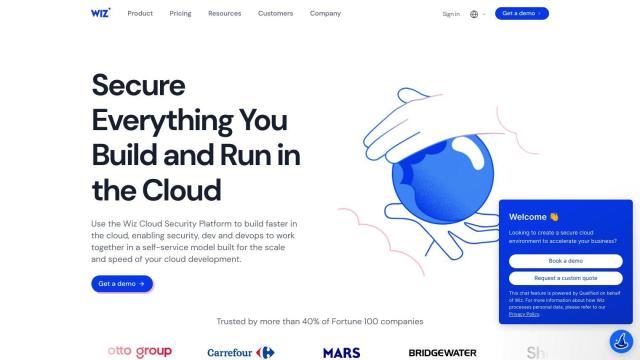
Wiz
Last, Wiz offers a powerful container security and Kubernetes security solution that provides full visibility into containerized environments. It continuously assesses and prioritizes risk in real-time, scans all containers and clusters, and uses a security graph to contextualize and prioritize risk assessment. Wiz enables developers and security teams to collaborate and move left to fix issues across the containerized application lifecycle.

